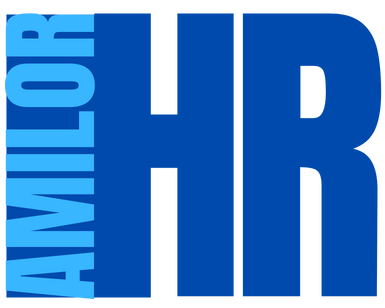The forward-looking management of jobs and skills (GPEC) has become a major challenge for companies concerned with their development. GPEC software offers an effective solution for optimizing this management and anticipating future skills requirements. Let’s take a look at the advantages and key features of these essential human resources tools.
Key features of skills management software
High-performance GPEC software offers a range of features that are essential for effective skills management:
- Skills mapping and assessment
- Management of annual and professional interviews
- Creation of individual development plans
- Objectives and performance monitoring
- Creation of detailed job descriptions
Competency mapping provides a global view of the talents present in the company. This functionality is vital for identifying the organization’s strengths and weaknesses in terms of skills. It also facilitates talent identification and succession planning.
Software-integratedskills assessment tools enable managers to carry out precise, objective assessments. Some solutions even offer 360° feedback functionalities, providing a more complete view of each employee.
Intuitive interfaces simplify the management of annual and professional interviews. Managers can prepare, conduct and follow up these interviews in a structured way, based on customizable skills repositories.
| Functionality | Benefits |
|---|---|
| Competency mapping | Global vision, identification of strengths and weaknesses |
| Skills assessment | Precise assessments, 360° feedback |
| Interview management | Structured follow-up, easy preparation |
Optimization of HR processes with GPEC software
The use of GPEC software can optimize many HR processes, thereby contributing to overall company efficiency. Here’s how these tools transform human resources management:
Identifying training needs: The software analyzes the gaps between the skills required and those held by employees. This analysis facilitates the development of targeted and relevant training plans. HR managers can thus anticipate future needs and prepare the company for market trends.
Easier internal mobility: with a clear view of available skills, HR can quickly identify internal candidates for vacant positions. This feature encourages talent retention by offering opportunities for development within the company.
Aligning skills with strategy: GPEC software ensures that the skills developed are in line with the company’s strategic objectives. This proactive approach helps to prepare for the future by developing the talent needed for the organization’s growth.
Integrated reporting and analysis tools provide decision-makers with clear dashboards and detailed reports. These functionalities enable them to make informed decisions in terms of skills management and HR management.

Benefits of GPEC software for companies
Adopting GPEC software brings many benefits to companies, whatever their size. Here are the main advantages:
- Time and efficiency savings: Automating HR processes frees up time for higher value-added tasks.
- Better visibility of skills: Accurate talent mapping facilitates decision-making and forward planning.
- Targeted employee development: Training and development plans are more relevant and personalized.
- Improved overall performance: Aligning skills with strategy helps achieve corporate objectives.
- Enhanced employee commitment: Transparency on development opportunities promotes motivation and loyalty.
SMEs and large corporations alike can benefit from these advantages. SaaS (cloud) solutions make these tools accessible to all structures, with adapted costs and rapid implementation.
Communication between HR, managers and employees is greatly facilitated by these platforms. Intuitive, customizable interfaces enable everyone to make the tool their own, and actively participate in skills management.
Implementation and integration of GPEC software
Implementing GPEC software requires meticulous preparation to get the most out of it. Here are the key stages for successful implementation:
1. Defining objectives: Clearly identify your expectations and the issues you want to resolve with the GPEC tool.
2. Choice of solution: Select a software package tailored to your specific needs and the size of your company.
3. Data preparation: Gather and structure information on jobs, skills and employees.
4. Customization: Adapt skills and professions repositories to your organizational context.
5. User training: Ensure that HR, managers and employees are trained to use the tool.
6. Integration with existing systems: Connect GPEC software with your HRIS, payroll system or other HR tools for smooth, consistent management.
Expert support can prove invaluable in optimizing the use of your GPEC software. Some software publishers offer consulting services to help you make the most of your investment.
Finally, GPEC software is a major asset for companies wishing to optimize their talent management. By providing a clear view of available skills and future needs, these tools help align human capital with corporate strategy. Their implementation, although requiring an initial investment, brings a significant return on investment in terms of employee performance and commitment.

